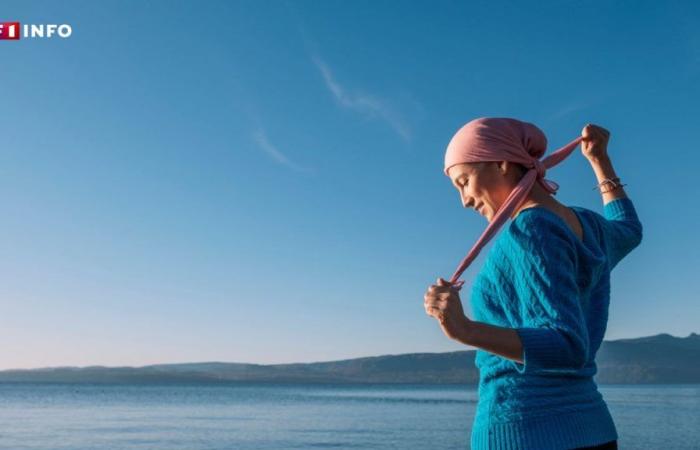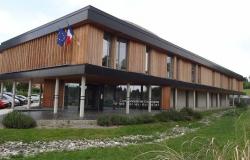Breast cancer is the leading cause of tumor death in women.
This disease affects around 2.3 million women worldwide each year.
In France, 60,000 cases are diagnosed every year.
Cancer disrupts the lives of patients and, beyond the heavy, sometimes traumatic medical treatments, practicing sports can be a valuable help. Numerous studies demonstrate that adapted and supervised physical activity helps reduce recurrences.
-
Read also
Pink October: any advice? “Being watched” from the age of 25
Physical activity for breast cancer
Today, adapted physical activity (or APA) is an integral part of breast cancer management. For the Curie Institute, “the objective of physical activity programs during treatments is to prevent the occurrence of a sedentary lifestyle and a reduction in the level of physical activity from the start of treatment“. The objective is to limit the undesirable side effects of treatments and improve the quality of life of patients. In fact, physical activity reduces fatigue, allows better tolerance to treatments, reconditions people to physical effort, helps maintain social connections and break isolation.
Gentle and progressive activities
Walking is one of the activities most accessible to the majority of women and the most recommended. It allows you to mobilize the entire body without excessive effort, maintain joint mobility, promote blood circulation and help fight fatigue. Yoga and pilates are also recommended by health professionals. These two practices allow you to gently strengthen the muscles (especially the abdominals and back muscles, often used after a mastectomy or breast reconstruction), to promote better flexibility and to boost the immune system. A study published in 2020 in Supportive Care in Cancer has also shown that yoga can reduce musculoskeletal pain. Swimming also provides full-body work with low impact on the joints. The water, providing gentle resistance, helps to gently strengthen the muscles and allows for an equally gentle recovery.
After treatments
After the treatments, the intensity of the practice may be a little higher. Patients can practice running, team sports or even cycling, but with the agreement of a doctor. Whether during or after treatment, the medical team can set up an adapted physical activity or sports program, supervised by professionals trained in oncology.






